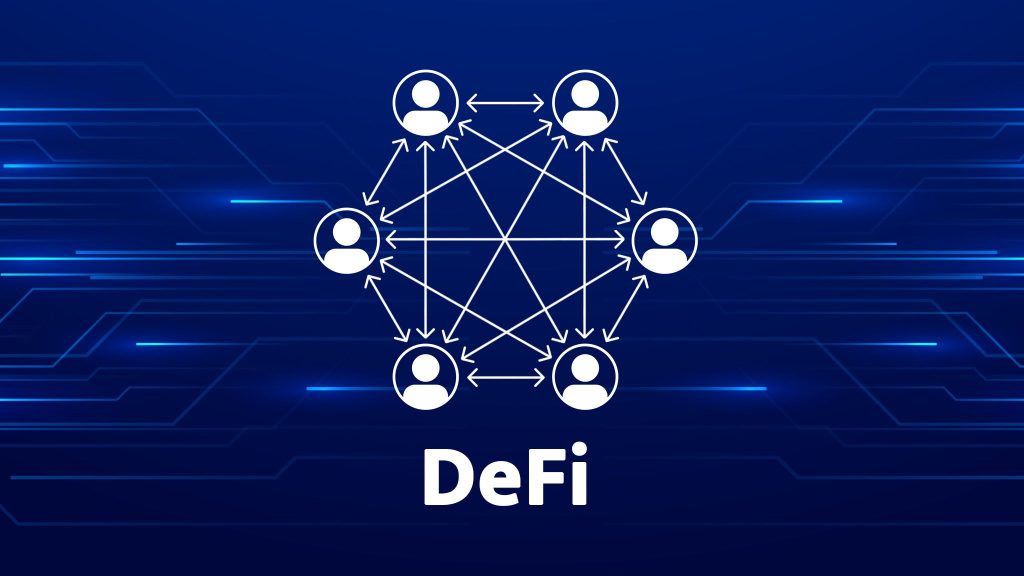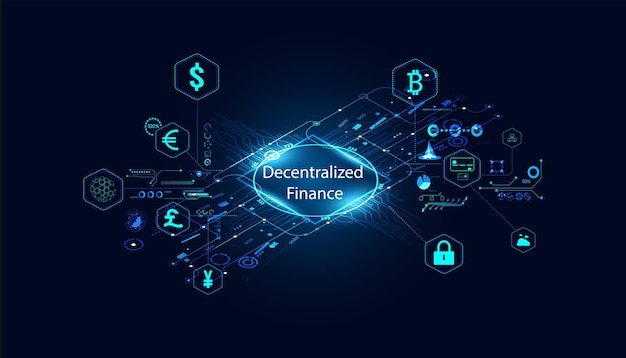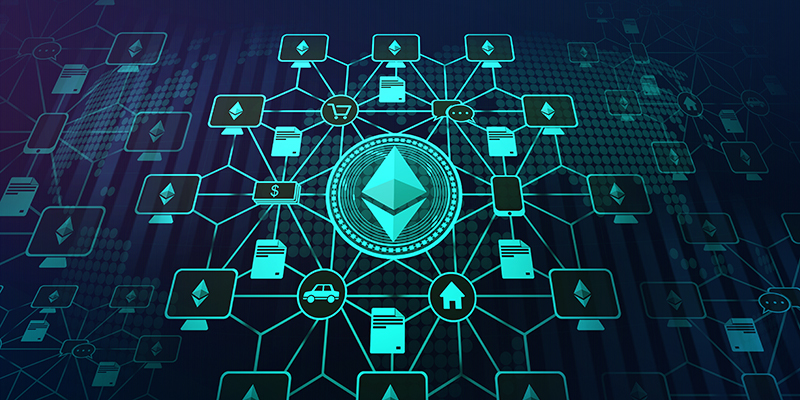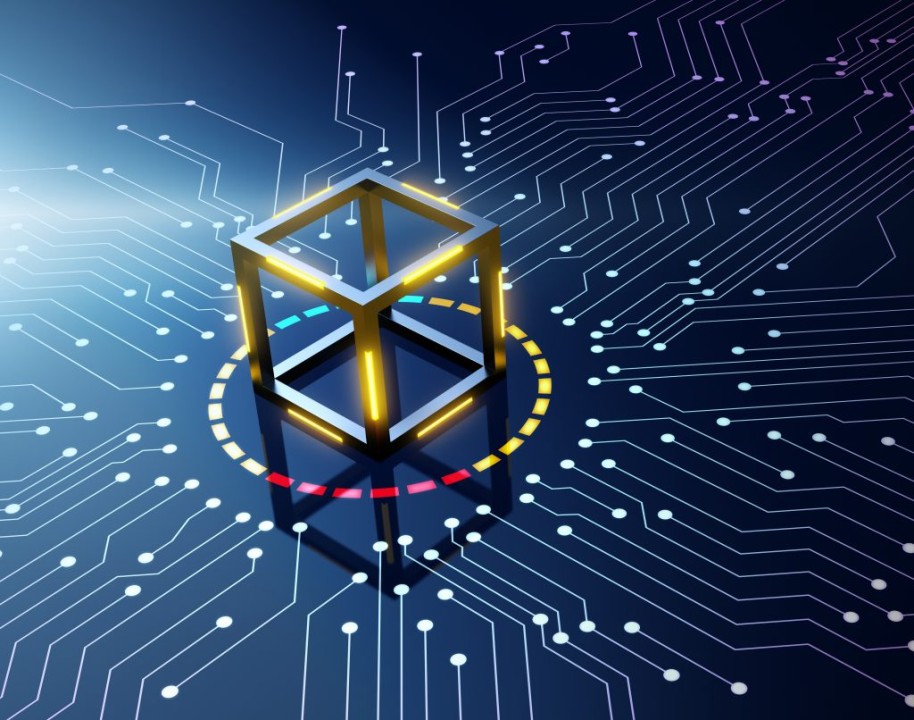
Decentralized Finance, or DeFi, has become a disruptive force in the finance industry. This blog post will delve deeply into the world of DeFi, examining its explosive growth, its radical impact on conventional banking, and seven key predictions for the development of decentralized finance systems in the future.
Table of Contents
1. Defining DeFi
A rapidly expanding ecosystem of blockchain-based applications and protocols known as “Decentralized Finance,” or “DeFi,” aims to replicate conventional financial services without the use of middlemen. These services, which are all carried out on open-source and transparent platforms, include lending, borrowing, trading, and yield farming.
2. The DeFi Explosion
DeFi has grown tremendously in recent years. DeFi protocols’ total value locked (TVL) has increased dramatically and now exceeds billions of dollars. This expansion reflects the rising need for decentralized finance services that give customers more accessibility and control.
3. Accessibility for All
Financial inclusion is one of DeFi’s fundamental concepts. DeFi platforms remove hurdles faced by those historically excluded from financial institutions and are accessible to everyone with an internet connection and a cryptocurrency wallet.

4. DeFi Lending and Borrowing
Users of DeFi platforms can borrow assets by putting up collateral or lend their cryptocurrency in exchange for interest. With no need for banks or credit checks, this decentralized lending and borrowing mechanism delivers competitive interest rates.
5. Automated Market Makers (AMMs)
Decentralized exchanges (DEXs) in DeFi are built around AMMs. By facilitating peer-to-peer trading with smart contracts, they give users access to liquidity and do away with the need for centralized middlemen.
Read This : Cetoex Made Easy 8-Step Guide to Buying Crypto.
6. Yield Farming and Liquidity Provision
Users of DeFi can take part in yield farming by giving decentralized protocols liquidity. In doing so, you stake assets in liquidity pools in exchange for rewards, which are frequently governance tokens.
7. Challenges and Risks
a. Smart Contract Vulnerabilities: DeFi platforms are susceptible to smart contract vulnerabilities, which can lead to hacks and losses.
b. Regulatory Uncertainty: The regulatory environment for DeFi is evolving and may introduce challenges as governments seek to assert control.
c. Scalability Issues: As DeFi gains popularity, some blockchain networks face scalability challenges, resulting in slower transactions and higher fees.

8. The Democratization of Finance
The most impressive feature of DeFi is its capacity to democratize money. It enables people to manage their finances, use financial services directly, and engage in a global financial ecosystem.
9. The Rise of Governance Tokens
Many DeFi systems create governance tokens that let users take part in the platform’s decision-making. These coins’ owners have a voice in protocol updates, modifications, and proposals.
10. The Future of Decentralized Finance
DeFi is positioned to have a huge impact on how finance will develop in the future. We may anticipate seeing even more cutting-edge solutions that contend with conventional banking systems as it develops and matures.

A paradigm shift in the finance industry is represented by decentralized finance (DeFi). Traditional financial services have already been challenged by its explosive expansion and disruptive potential. DeFi does not, however, come without difficulties and hazards, such as regulatory uncertainty and security flaws. However, the democratization of finance, greater accessibility, and the development of governance tokens underscore the significant influence that DeFi has had on the financial sector. DeFi is expected to revolutionize how we view and engage with money in the digital world as it continues to develop. it Was All About Decentralized Finance.
Social Media